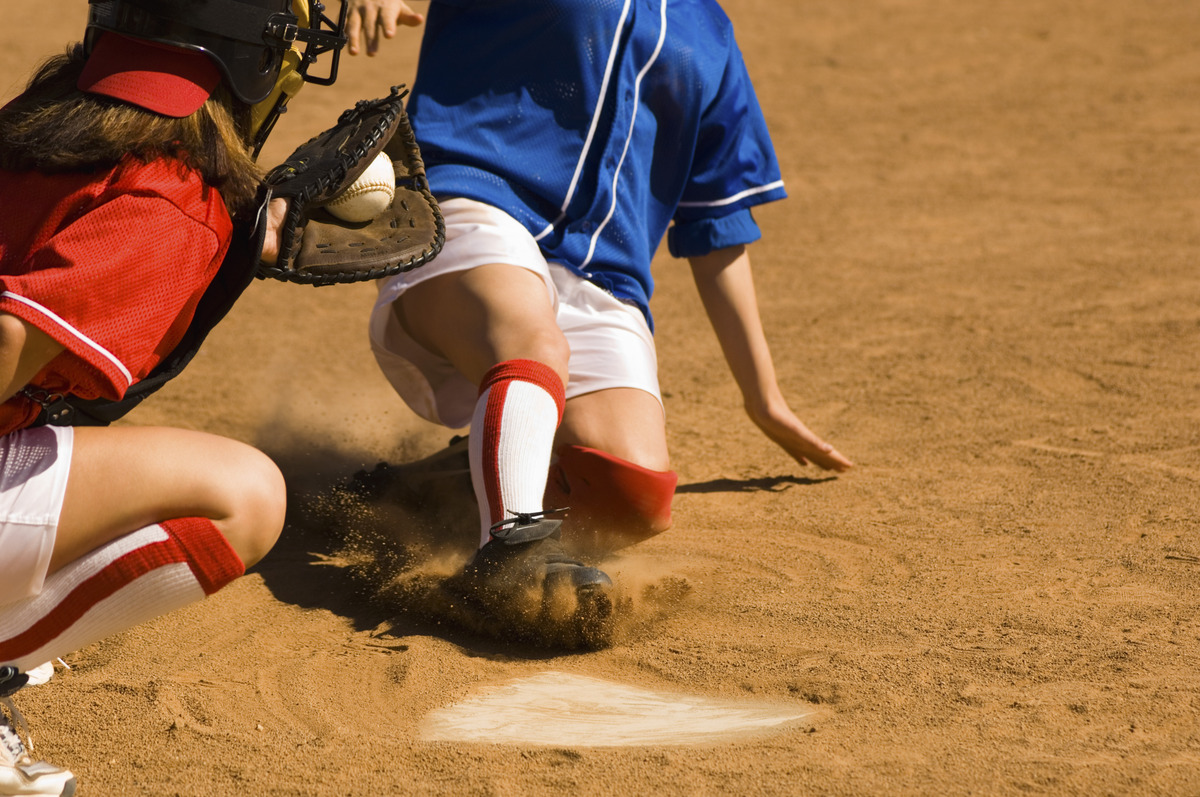-
Services
Featured Specialties
-
Locations
Location Type
-
Patients & Visitors
Published March 01, 2023

Parents, coaches and athletes should learn to recognize the signs of a concussion. Usually associated with football, concussions can happen with many other sports including soccer, hockey, gymnastics and cheerleading.
A concussion is a subtype of a mild traumatic brain injury and does not require imaging or lab tests for a diagnosis. Instead, healthcare professionals can identify a concussion based on the rapid onset of neurological symptoms following a blow to the head or body.
Common concussion symptoms include:
The Sport Concussion Assessment Tool or SCAT5 is the most common way to evaluate whether an athlete has a concussion. It uses an analysis of symptoms, cognitive and balance tests. However, anytime there’s concern that a player sustained a concussion, it’s recommended the athlete be removed from the field “immediately, not a play later,” said Yale New Haven Children’s Hospital sports medicine doctor Samantha Smith, MD, assistant professor of Clinical Orthopedics and Rehabilitation at Yale School of Medicine.
“Have them evaluated by somebody who's trained in the evaluation of concussion before they return to play. If that person is not available at the sidelines, that athlete should not go back to play until they've been evaluated,” Dr. Smith said.
An evaluation by a physician, trainer or EMT should also be done to look for signs of a more serious brain or spinal cord injury. Altered mental status, confusion, tingling in the legs or hands or bruising around the face could be indicative of a more serious injury. If there are no signs of a serious head injury, concussion treatment includes plenty of rest followed by a gradual introduction of activities.
“The best information we have in the medical literature is really trying to optimize the environment for the brain to heal,” Dr. Smith said.
In addition to rest, Dr. Smith said some patients benefit from physical therapy for balance, vision exercises or therapy to help with mood issues or mental health symptoms.
Parents can help keep kids safe by making sure any equipment like helmets fit properly. Next is to evaluate the team’s culture of safety. For higher risk sports, is there an athletic trainer present? If athletes go to their coach and say they don’t feel right, are they told to get back in the game? Parents should feel confident that concussion protocols are taken seriously.
While parents can keep an eye on their child’s environment, Dr. Smith encourages student athletes to learn their body and speak up if something doesn’t feel right. Unfortunately, concussions still can go un-noticed, especially at the beginning. But if athletes can learn to recognize the signs, they can help advocate for themselves if they experience symptoms.